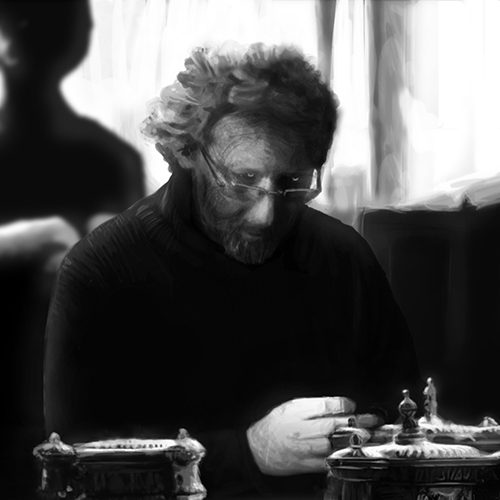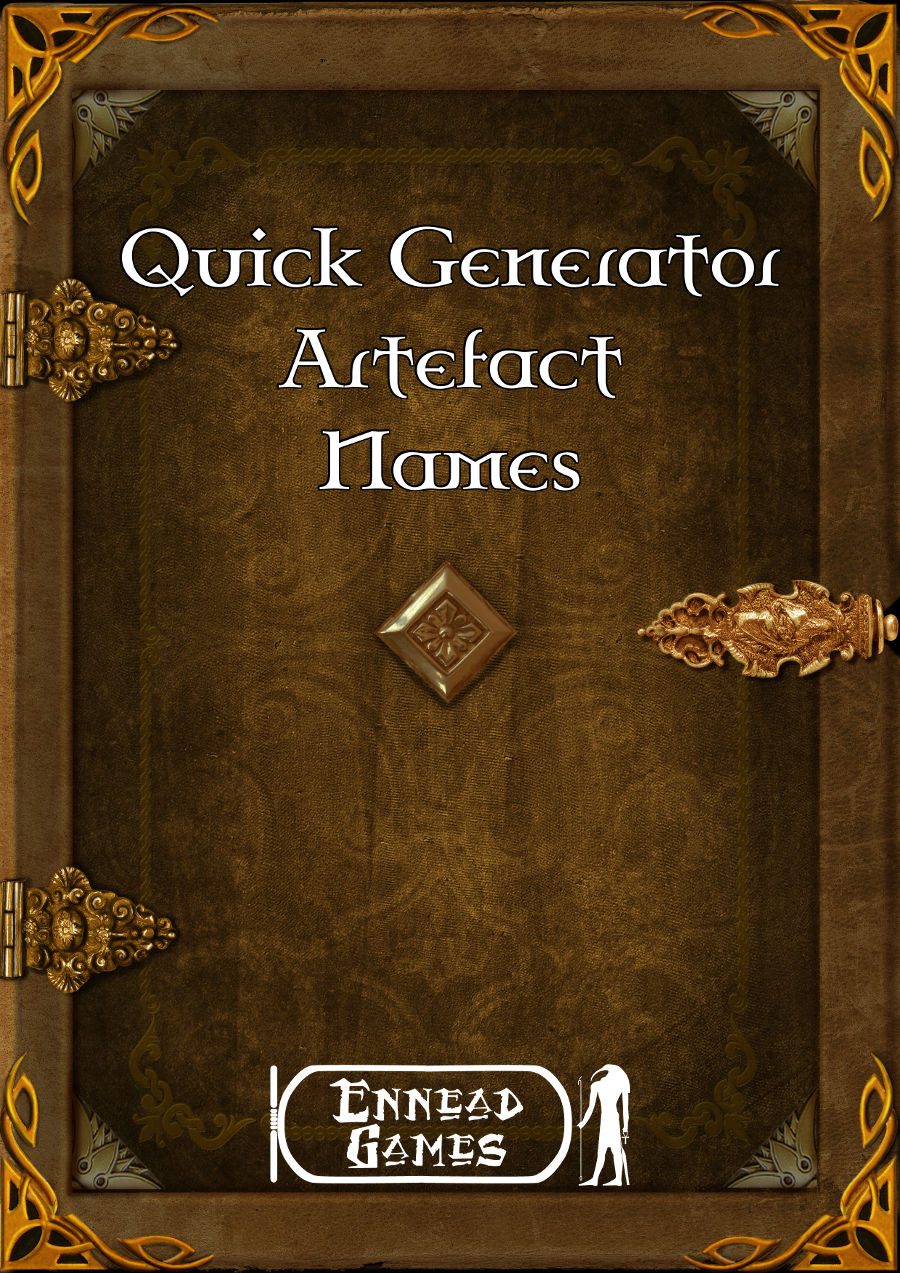
Our Lives with Master: More Player Brainstorming
Phil Nicholls blogs at Tales of a GM, where he writes about narrative gaming, faster prep and more story. He is currently running a HeroQuest Glorantha campaign in a home-brew setting. Phil has written for Johnn Four’s Roleplaying Tips newsletter and has a selection of self-published pdfs.
This essay is taken from the archives at Tales of a GM.
A previous article discussed my process of brainstorming location aspects with the Players. Taking this one step further, the same methods can be used to create an entire setting from scratch.
Our Lives with Master
The impetus for the setting creation was an interlude using My Life with Master. The default for My Life with Master is a gothic setting, which is broadly what we created. However, unlike the traditional human-centred gothic horror, ours has more of a fantasy feel. Two prominent inspirations were the Ravenloft games and the Innistrad set for Magic: The Gathering.
Overall, we made use of many standard gothic tropes, such as a mountain-top castle and a gloomy forest. We combined this with some unique elements, such as the dhampyr, a giant, jackal-headed creature which feeds on dreams. The vampiric origins of the dhampyr is clear, but I feel we added enough of a twist to give us something fresh to explore in the game.
Building a Setting
One new variation was to brainstorm an entire setting, rather than just a new location within an existing setting. The starting points were my rough notes about parallel worlds, the broad requirements for My Life with Master, and the loose backstory of one of the Heroes.
The synthesis of these ideas was enough to kick-start the brainstorming. We began with a broad discussion about the new world, Sebukur. This broad discussion ensured we were all in agreement about the underlying features of the setting. It is rarely enough to assign labels to something and assume everyone knows what is meant. Our initial discussions built up a shared understanding of what we were creating.
Once these broad principles were established, we began assigning aspects to Sebukur. For the purposes of My Life with Master, we only needed a castle and a town, but I did not want to create these in a vacuum. We may return to Sebukur for another interlude, or even base a later cycle of games here. Thus, I wanted to create the locations needed for this interlude within a more structured world.
Nested Aspects
My solution was to brainstorm a series of nested aspects. Each step of the process has a trio of aspects assigned to it. Three is a good number as it allows some variation of theme or focus, yet is not overwhelming to create. The fact that there were only three Players also worked very well.
The process starts with the standard cosmic aspects which apply everywhere in my campaign. These have already been established, but are listed once more for Sebukur to remind everyone of their relevance. Then we narrowed the scope to the world of Sebukur, then narrowed the focus once more to the land of Terovia, where the current interlude is set.
As the scale of each trio of aspects reduces, so their influence increases. Thus the cosmic aspects are more like underlying principles to the campaign. They apply everywhere, but not so strongly as to prevent variations within the setting.
The aspects for Sebukur are slightly stronger, and apply to every location within that world. Establishing these aspects made it easier for the Players to distinguish Sebukur from the other worlds in our game. We then reduced the focus further to create the aspects for the kingdom of Terovia.
Simply by nesting these location aspects, and progressively reducing the scale, we ensured a degree of consistency within the setting. The beauty of location aspects is their scalability. We can create cosmic-wide aspects, or focus right down onto the properties of a single gem.
GMCs
Another new area for this round of brainstorming was applying these principles to all the other characters in the setting. If the Players can create locations, then there is no reason why they cannot also create personalities. Once again, all the benefits of reduced prep and enhanced Player engagement apply.
As with a location, characters generated in this way have a set of aspects. The only difference is that characters have a bonus aspect which links them to another GMC. This additional aspect creates a web of relationships.
The more formalised aspects for a GMC are:
A broad, descriptive aspect, typically describing their role, personality or appearance
Power Source, noting why the person is important, often specifying their role
Conflict, creates depth in the character by naming an internal or external force opposing them
Associated Character, the bonus aspect
Rune Deck
Further innovation came from my use of the Rune Deck. Briefly, it is a deck of the rune-based themes used in my game, with short descriptions for each. If anyone is short of ideas for an aspect, then a draw from this deck provides inspiration.
I am fond of using this deck, as it practices my improvisation skills. Plus, it adds a useful random element to discourage me from advance planning. The deck added some interesting variety to the brainstorming process.
Conclusion
Our latest round of brainstorming introduced several new features. The nested aspects provided a brilliant way to slowly build a new world together. Widening the process to GMCs also reduced my prep burden and further engaged the Players with the setting.
Have you tried brainstorming with your Players? How did this affect the way the Players engaged with the setting? Share your thoughts with your fellow GMs in the comments below.
Happy Gaming
Phil
For more essays from Phil, and updates about his latest campaign, visit Tales of a GM.



